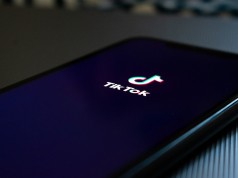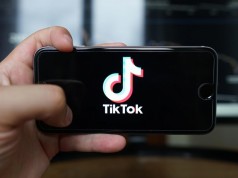Optimizing the conversion rate of your website is one of the most complicated tasks in online content marketing. There are a large number of factors involved in increasing the conversion rates for your websites. Tracking the interaction of users within a web page can be difficult to analyze. But this data is essential to bring about improvements and amendments in your content marketing strategies. The heat maps are a tool that enables the marketer to analyze the interactions of the users on a website.
What are Heat Maps?
A graphical representation of the interaction of the users with the digital content and page elements is known as a heat map. They were originally constructed for displaying the real-time data in a financial market, to assist the traders in the decision-making process. Moreover, in web design and online marketing, heat maps are primarily used for tracking and displaying clicks and mouse movements of the user. This data is quantified and graphically represented. Also, the visitor’s interactions with the graphical elements on a web page are recorded and visualized. This data can be also used to get a better understanding of how the user experience and design of the web page affect the interactions of the users.
Using Heat Maps to Increase Conversions
Heat maps provide a bundle of useful information about the browsing actions of the web user. It can be useful to find out the elements in a web page that appear to be clickable but instead, are static. The interaction of the visitors with calls to action elements on the website is also recorded in heat maps. The color coding provided by the heat map makes it easier to grasp. Moreover, a heat map can be very helpful to collect information about a large number of users. The marketers can do this without having to physically leave the comfort of their office. This also saves time and cuts costs for collecting information.
Different Types of Heat Maps
There are different types of heat maps that record and visualize different types of user interactions with the elements on a web page. Understanding the different types of heat maps will also enable the marketer to gain better knowledge about different aspects of the performance of the web site. The three categories of heat map are:
- Move maps
- Click maps
- Scroll maps
Move Maps
Move maps are the graphical representations of the mouse movements of a user while he/she is navigating a website. The hot spots in a moving heat map are the locations in which the user has paused the movements of the mouse. A moving map helps recognize where the user may be looking. Studies have shown that the movements of the mouse are correlated to the eye movements of the user.
Click Maps
Click maps are graphical representations of clicks by the users on a website on desktop computers. On smartphones, these maps are referred to as click maps.
Scroll Maps
Scroll maps are graphical representations of the number of visitors on a web page that have scrolled down to a specific region. As more users scroll down to a specific region, the region becomes darker in color.









